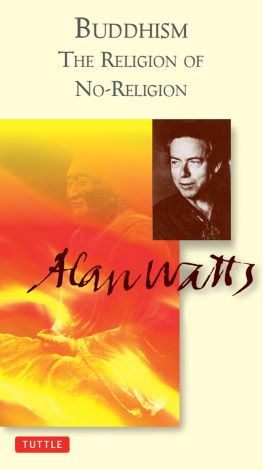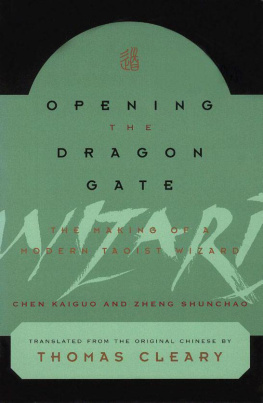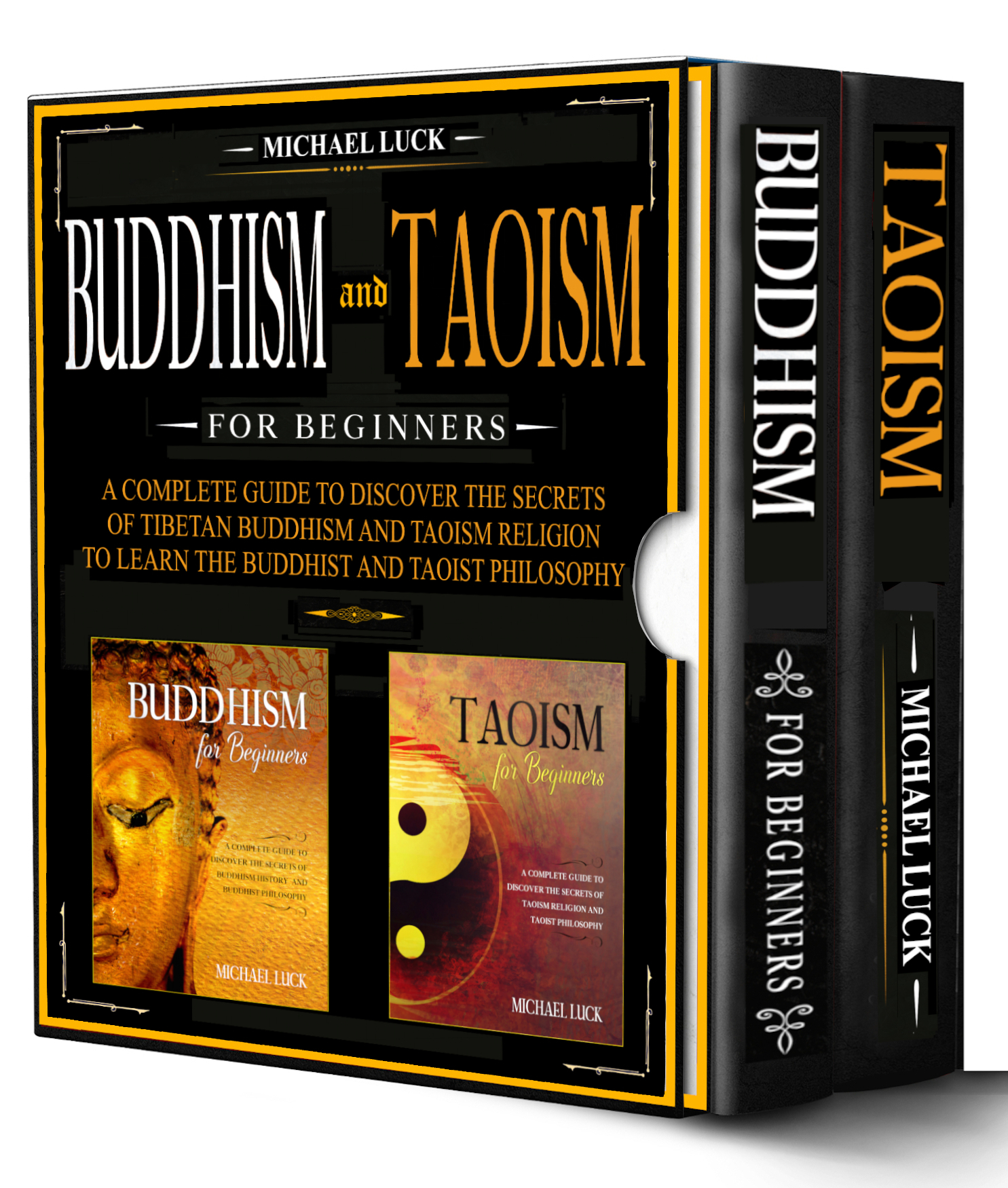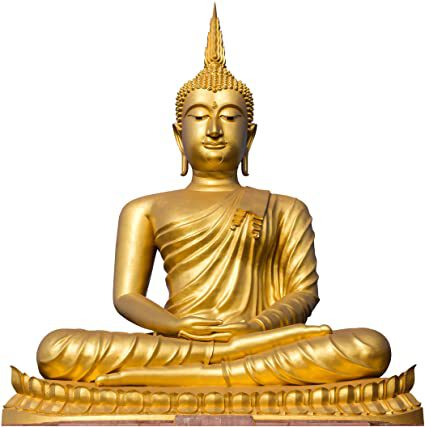Michael Luck
Buddhism
and
Taoism
For beginners
A Complete Guide to Discover the Secrets of Tibetan Buddhism and Taoism Religion
Copyright 2020 publishing.
All rights reserved.
Author: Michael Luck
No part of this publication may be reproduced, distributed or transmitted in any form or by any means, including photocopying recording or other electronic or mechanical methods or by any information storage and retrieval system without the prior written permission of the publisher, except in the case of brief quotation embodies in critical reviews and certain other non-commercial uses permitted by copyright law.
Table of Contents
Michael Luck
Buddhism
For beginners
A Complete Guide to Discover the Secrets of Tibetan Buddhism and Buddhist Philosophy
What is Buddhism?
What is Buddhism? Many consider Buddhism as a religion, although some deny the name because Buddhism does not teach the worship of gods. They say that Buddhism is a philosophy or just a way of life. This difference between religion and philosophy has emerged among Western commentators because the difference between the two is unclear in Asia, where it originated. It is true that, according to some sources, there are about 500 million followers in the world, making it the third-largest religion (if you can call it that).
The name Buddhism comes from the name of Siddhartha Gautam by his followers. They Called him the Buddha, which means "awakened" or "enlightened."Siddhartha Gautama lived in Northern India for about 500 B.C. He was a Prince of the Shakya tribe. He is widely known in the Buddhist world as Shakyamuni, the wise Shakya. These are the only historical facts we have about the Buddha. To know his teachings and his life, we must now look at him through the Buddhist eyes.
According to tradition, he lived as a Prince in the palace until the age of 29. His father took too much care of him. Throughout his life in the palace, he had not seen pain or suffering. However, at this point in his life, he saw for the first time the suffering of the human condition. He saw a sick man, an old man, and a dead body. He asked his servant, and he said that we were all going to suffer.
I say all this because we need to understand what questions Buddhism is trying to answer. The Buddha discovered the source and solution to the problem of human suffering. He said that everything in life causes suffering in one way or another. Then he said that this suffering happens because we are attached to things. This attachment comes from our ignorance and delusion.
Then I started talking about solving this problem. He said that Nirvana is the solution to the problem. Nirvana means to breathe out. The very disappearance of all our desires leads to the fact that our life continues a painful cycle. It is difficult to think of Nirvana as a positive goal from the point of view of the Western world, but for Buddhists, it is very desirable.
So is the Buddha trying to end human suffering? He didn't answer questions about the highest origin of reality or about our relationship with the gods, he just tried to solve the real problem that he found in life. Considering Buddhism from this point of view, it is difficult to speak of it as a religion. This is more like a philosophy, or even shares some aspects with modern psychology.
However, if we look at how Buddhism is practiced around the world, we will not doubt how religious people perform their rituals. Mahayana Buddhists have completely changed the beliefs and practices of what can be considered traditional Buddhism. Some varieties of Mahayana worship the Bodhisattva and the celestial Buddha. These are beings who have attained enlightenment or the advanced path of the practitioner. They have the ability to intervene in this world to save people as if they were gods.
Thus, Buddhism is a very complex tradition. It can be viewed as a religion or something else, depending on how they view it.
The most basic Buddhist expression of faith is called Triple refuge: "I accept refuge in Buddy, I accept refuge in Dharma (doctrine), and I accept refuge in Sangi (community of Buddhist disciples).
To begin studying Buddhism, we must consider each of these three refuges. Let's start with the Buddha himself. The Buddha is often depicted sitting in a very quiet position, crossing his legs in front of him, and bending his hands on his knees. This is the very image of calm and contemplation. That is, this is an image that attracts many people and in the Buddha. The Buddha is an image of calm and tranquility in a confused and distracted world.
Another refuge is Dharma or learning. This teaching is presented in a doctrinal formula known as the Four Noble Truths: the truth of suffering, the origin of suffering, the cessation of suffering, and to the end.
Buddha did not stand still all his life. He needs to get up and create a student community. Places where the main events of the Buddha's life is still a pilgrimage center.
In India, there were two major reformist movements that appeared in the ancient history of Buddhism and changed the face of tradition. The first was called Mahayaya, "the Ferris wheel."It included a massive reorganization of basic Buddhist values. The second part was called Tantra. It has complicated this tradition; you can visit the link to my site at the end of the article to find out.
As Buddhism has spread to other Asian countries, it has continued to develop amazingly. It was brought by Buddhist missionaries to Sri Lanka. From there, it was brought to much of Southeast Asia. Buddhism entered China and developed distinctive traditions that interact with pre-existing local traditions. China, as you may know, is an extremely robust and courageous civilization, and Buddhism was not easily accepted because it was a foreign formation. However, there was a kind of kinship between Buddhist teachings and some aspects of Chinese culture.
From China, Buddhism was transferred to Korea, Japan, and then Vietnam. In the XIX century, Buddhism was transferred across the Himalayas from India to Tibet. Today, the Dalai Lama, leader of the Tibetan Buddhist community, is one of the most active leaders in the world. In many respects, it is a living symbol of Buddhism itself.
Today Buddhism has spread to the rest of the world, including Europe, Australia, and America. In some places, Buddhism is stronger in ethnic communities, such as Sri Lanka Buddhist Sangha in Los Angeles.
The Origin of Buddhism in Hindu India
The brahmins claim to lead the religious life and thought of India and outside of Islam may be said to have achieved their ambition, but at the cost of tolerating much, that the majority would like to suppress. But in the early centuries, their influence was less extensive, and there were other currents of religious activity, some hostile and some simply independent. The most formidable of these found expression in Jainism and Buddhism that arose in the sixth century B.C., this century was a time of intellectual ferment in many countries. In China, it produced Lao-Tseu and Confucius: In Greece, Parmenides, Empedocles, and sophists were only a little later. In all these regions, we have the same phenomenon as restless, wandering teachers, ready to give advice on politics, religion, or philosophy, to anyone who listens to them.











